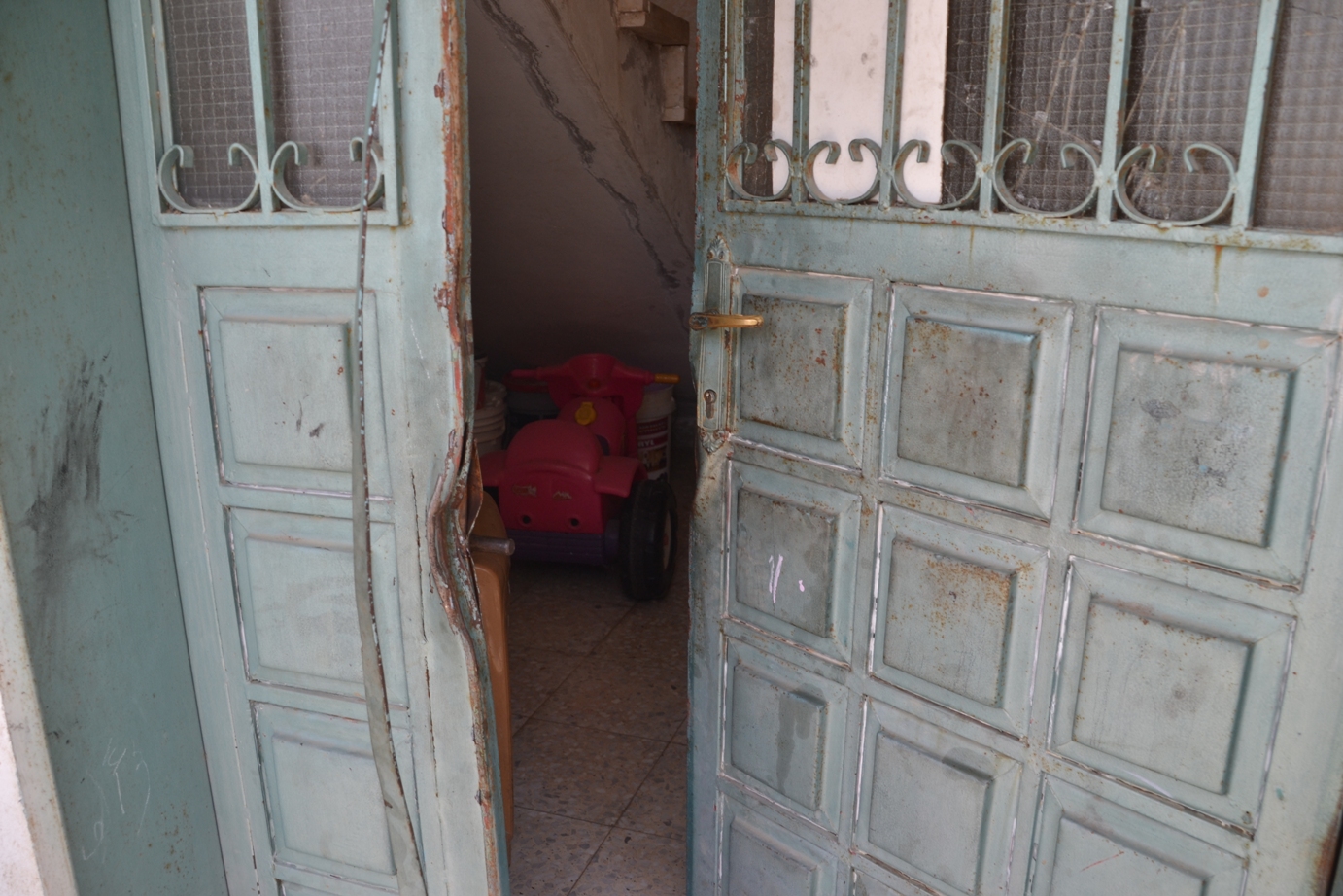Category: Nablus
-
“What Happened to your Hand?”
24th May 2014 | International Solidarity Movement, Nablus Team | Awarta, Occupied Palestine On March 22nd 2013, Mohamad Walleed Qwareeq was near the local school in the northern district of the town of Awarta, located approximately 8 kilometers southeast of Nablus. Mohamad, 22 at the time, was with a friend eating almonds, in a grassy field,…
-
Israeli army arrests a further two people from Kafr Qaddum
23rd May 2014 | International Solidarity Movement, Nablus Team| Occupied Palestine During the night of the 23rd of May, approximately at 02:00AM, the Israeli army raided several houses in the town of Kafr Qaddum and arrested two people. Ryad Mohamad Eshtewi (40) and Fadi Baseem Jomah (27), both of whom are Palestinian police officers. Another two villagers were threatened…
-
Hunger strike solidarity tent in Nablus
16th May 2014 | International Solidarity Movement, Nablus Team | Nablus, Occupied Palestine Erected in the duar (city center) in the northern Palestinian city of Nablus, is a large tent utilized throughout the day by those in solidarity with the exceeding-one-hundred Palestinian administrative detainees. “We will stay here as long as it takes” says Yousef, a Lawyer and…



